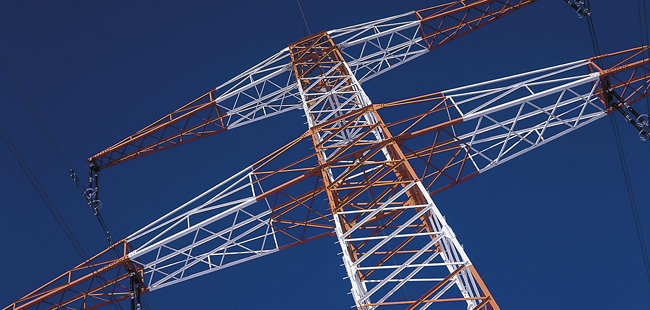Cyber-Physical Systems
Securing the Internet of Things

Information technology (IT) is advancing rapidly into fields, in which IT hardly played a role in the past, and is currently the biggest driver of innovation. Computers embedded into everyday objects and connected to each other or to the Internet enable many new functions such as assistance systems in vehicles. Cyber-physical systems are the technological basis for many innovations. They combine IT with the physical world and play an ever more important role in areas such as automotive, avionics, transport, energy, production, health, infrastructure, and entertainment.
However, they also represent an easy target for various software (e.g., viruses and Trojans) and hardware attacks (e.g., side channel attacks) that may have serious consequences, even for life and limb. Since privacy sensitive data is processed frequently as well, successful attacks may also have a serious effect on an individual’s privacy.
Cyber-physical systems frequently carry specific features, e. g., resource constraints, physical accessibility, or real time capability, which makes it difficult to apply existing protection measures and security concepts. It is crucial, though, to integrate suitable security and data protection measures into cyber-physical systems from the very beginning (Security and Privacy by Design).
Many application fields may only be realized with the implementation of appropriate security measures, e. g.:
- Automotive: Information technology (IT) is an integral part of modern vehicles. Embedded control units are interconnected and communicate both with each other and the outside world to facilitate new functions for increasing safety and efficiency as well as for infotainment.
- Avionics and Transport: Airplanes and other transport systems such as the railway depend on information technology to realize functions such as fly-by-wire or the control of interlocking plants.
- Secure Smart Energy Systems: Combining electrical systems with information technology (e.g., in e-mobility, smart home, and smart grid) enables the efficient and reliable integration of local and central means for energy generation, storage, distribution and usage for a safe and economical supply.
- Industry 4.0: Industry 4.0 describes the fourth industrial revolution where industrial production plants and processes are developed further due to the use of information technology.
- Health: Using (connected) electronic devices for medical care and other tasks in the health sector improves health care in general, patient monitoring and last but not least also the treatment results, for example by remotely monitoring the vital values of patients and elderly people living in their own homes.
- Smartphones und Wearables: Smartphones and wearables enable mobile cyber-physical systems applications and record, process, and forward data with their sensors, e.g., monitoring traffic or fitness levels.
Fraunhofer SIT carries out intensive research on the security and data protection aspects of cyber-physical systems and their communication channels. The activities in this area include:
- Security analyses and enhancements of existing security architectures for cyber-physical systems
- Development of new security concepts and architectures to safeguard cyber-physical systems and their communication connections
- Cyber-physical systems application research and development
- Studies and technological analyses on the use of cyber-physical systems
- Analyses of data protection aspects to prove compliance with regulatory requirements
- Trainings
- Certification process support
